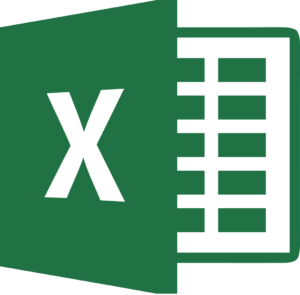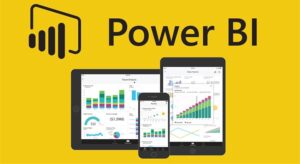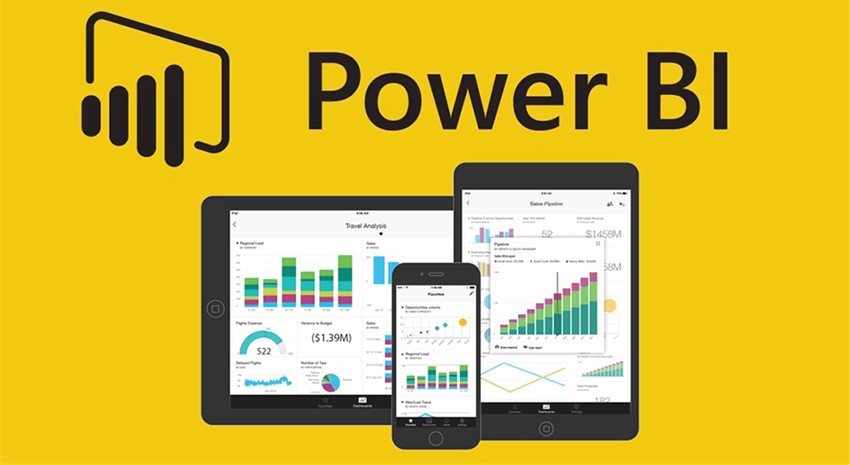Why use Power BI and Excel?

Microsoft’s Power BI and Excel are powerful tools for business intelligence and data analysis. If you’re not already using these tools, you may be missing out on a range of benefits that can help your business make more informed decisions and drive growth and success.
First and foremost, Power BI and Excel provide a user-friendly interface that makes it easy to access, analyze, and visualize your data. With these tools, you can quickly and easily create reports, dashboards, and charts that help you understand your data and identify trends and patterns. This can save you time and effort compared to more complex data analysis software.
Another benefit of using Power BI and Excel is that they integrate seamlessly with other Microsoft products, such as Office and Outlook. This means you can easily access your data from within these tools, and share your insights with your team. This can improve collaboration and communication, and help your business make more informed decisions.
In addition, Power BI and Excel offer a range of advanced features that can help you gain deeper insights from your data. For example, Power BI includes machine learning capabilities that can automatically uncover hidden trends and patterns in your data. And Excel offers powerful functions and formulas that allow you to perform sophisticated calculations and analysis.
Furthermore, Power BI and Excel are backed by Microsoft’s extensive support and resources. You can access a wealth of online tutorials, guides, and support forums to help you get the most out of these tools. And if you have any questions or need assistance, you can contact Microsoft’s support team for help.
Overall, using Power BI and Excel for business intelligence can provide a range of benefits for your business. These tools are user-friendly, integrate seamlessly with other Microsoft products, offer advanced features, and are backed by Microsoft’s support and resources. If you’re not already using Power BI and Excel, now is the time to start!
A note on Excel and it’s limitations. Excel can really only effectively handle about 1 million rows of data. For anything more than that, I would recommend using either Microsoft SQL Server or a cloud data warehouse, like Google Big Query.
(Click HERE to learn more about the benefits and advantages of hiring an Independent Data Analyst.)


